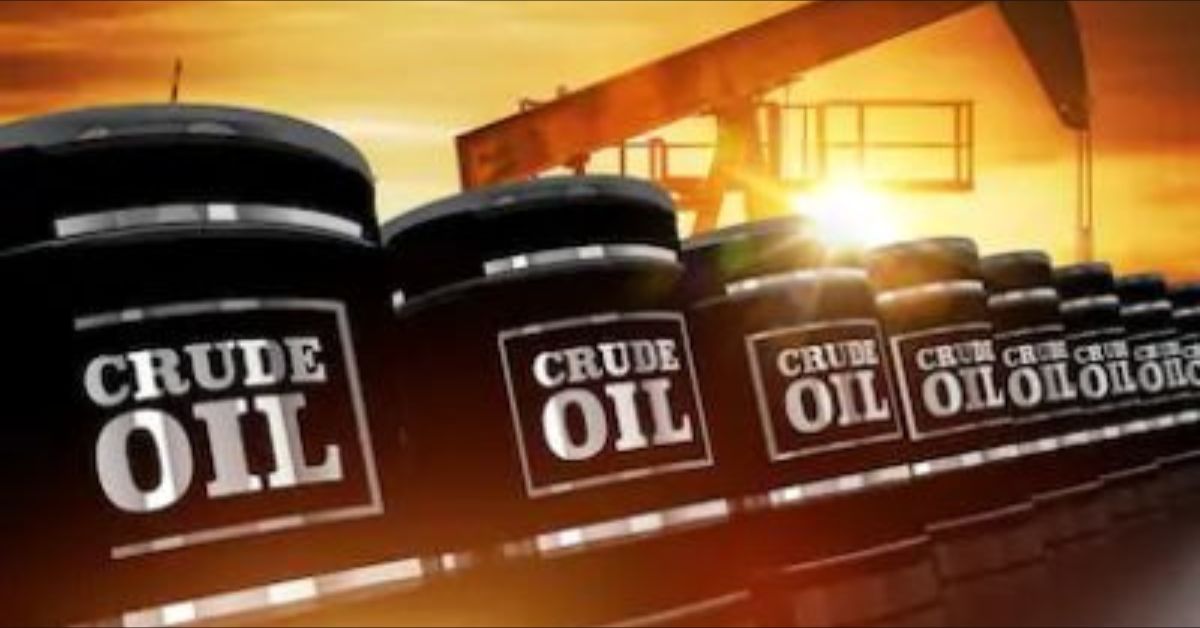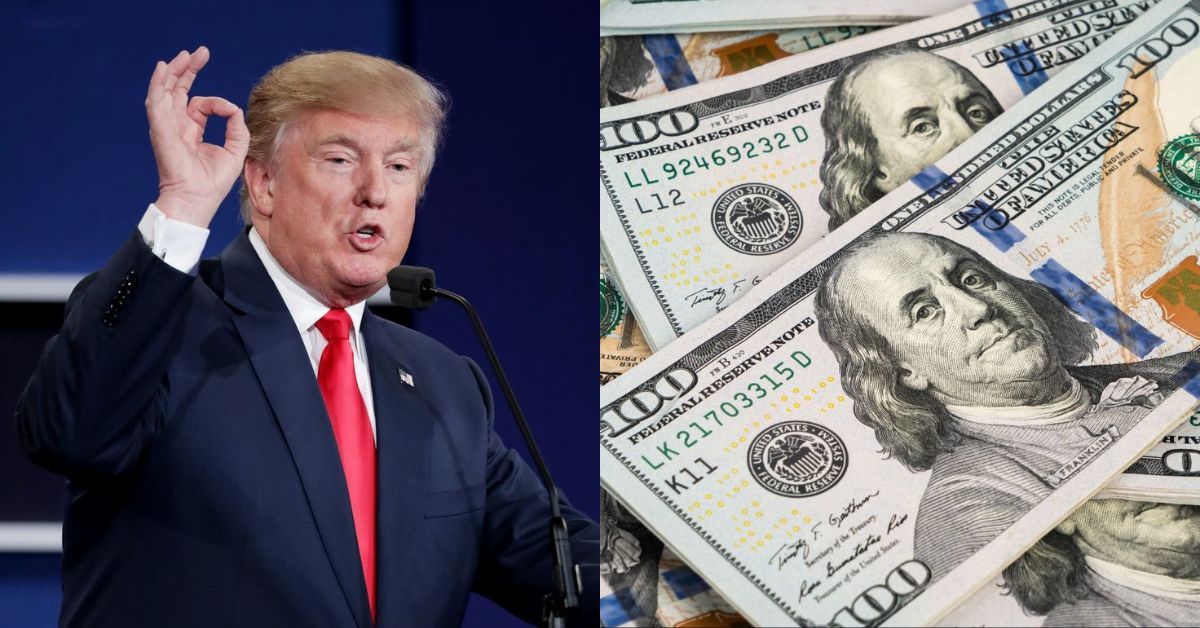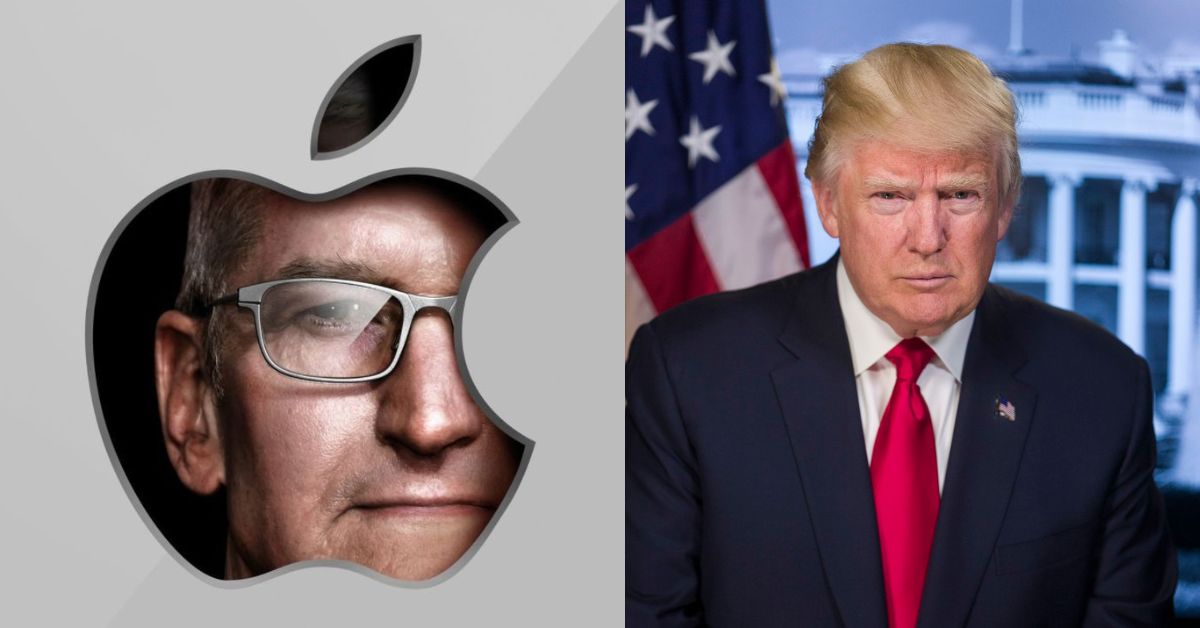WASHINGTON, D.C. — As of Wednesday, August 27, 2025, President Donald Trump’s executive order imposing a 50% tariff on many Indian imports, including apparel, gems, and jewelry, has taken effect, escalating tensions with New Delhi over its continued purchases of Russian oil. The move, reported by The New York Times, doubles the previous 25% tariff set earlier this month, making India one of the highest-taxed U.S. trading partners alongside Brazil. The decision threatens to disrupt India’s $87 billion export market to the U.S., hitting small exporters hardest.
Trump, speaking at a White House event on Tuesday, justified the tariffs, stating, “India is buying massive amounts of Russian oil and selling it on the open market for big profits.” He accused New Delhi of indirectly fueling Russia’s war in Ukraine, adding, “They don’t care how many people in Ukraine are being killed by the Russian War Machine.” India’s Ministry of External Affairs swiftly responded, calling the tariffs “unfair, unjustified, and unreasonable.” The ministry emphasized, “Our imports are based on market factors and done with the overall objective of ensuring the energy security of 1.4 billion people of India.”
The tariffs, effective at 12:01 a.m. EDT, cover key sectors like textiles and seafood, with duties as high as 63.9% on some goods, per the Global Trade Research Initiative. “This could cut U.S.-bound exports by 40–50%,” said Ajay Srivastava, a former Indian trade official, warning of a potential drop in India’s GDP growth below 6%. Indian refiners plan to reduce Russian oil imports from 1.8 million to 1.4–1.6 million barrels per day, but Prime Minister Narendra Modi remains defiant. “No matter how much pressure is put on us, India will prevail,” Modi declared at a public event in New Delhi on Monday.
Key impacts include:
- Textiles and gems face up to 63.9% duties, threatening $22 billion in exports.
- India’s rupee fell 0.17% to 87.7275 against the dollar.
- Small exporters risk losing U.S. market share to rivals like Thailand.
With trade talks stalled over India’s refusal to open its agriculture sector, the tariffs mark a low point in U.S.-India relations. As Indian officials eye negotiations before September’s end, analysts warn of potential retaliatory measures, though Modi has urged a focus on domestic markets to counter the impact.
Source: The New York Times
Author
-

Marcus Hale is a finance professional turned content creator who specializes in personal finance, stock market analysis, crypto trends, and smart investing strategies. Known for simplifying complex financial concepts, Marcus helps readers make confident money decisions. Whether you’re budgeting, investing, or tracking global markets, Marcus delivers timely advice with clarity and authority.







